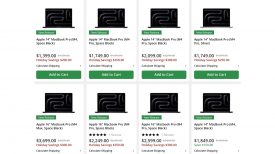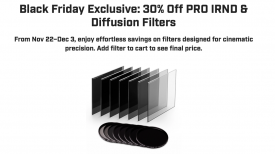By associate editor Elliot Smith:
Whether they’re calling it native advertising, sponsored content, or plain old advertorial, every big online publisher is looking for ways to move beyond traditional display advertising and use their brand to appeal to both advertisers and viewers.
However you feel about the erosion of the traditional separation between editorial and advertising, it’s an industry trend that is only going to accelerate as display ad rates decline and mass market publications have to reach hundreds of millions of eyeballs to make the economics of advertising on the web add up.
That said, for shooters with the right mindset this type of project offers an opportunity to shoot with more budget and time than regular editorial might allow. But honestly, there are still very few pieces, especially in video, that make you sit up and say ‘wow.’ The piece embedded above does just that. It’s a beautiful-looking film and all the more surprising bearing in mind this is a sponsored piece for a newspaper website.
Newsshooter caught up with the film’s DoP Thomas Hole over email to find out a bit more about the project.
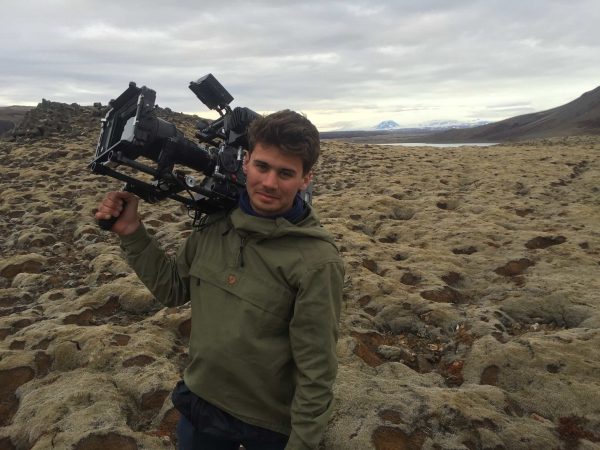
What’s your background and how did you come to be a DoP?
Starting out I worked in feature films for three years as a trainee then Second AC, but to be honest I wasn’t too great at it! So during that time I kept shooting jobs for free, using every opportunity to ask DoPs I was working with how and why they were doing what they were doing. Through asking loads of questions and observing them I basically got free teaching. Eighteen months ago I stepped away from camera assisting and moved to being a DoP full time; it was a super scary experience but I don’t regret it at all.
Who had the original idea for the film?
Greg Hackett was given an open brief to make a piece that illustrated Alastair Humphreys’ desire to adventure. He wasn’t once told to speak of the product or to really feature it heavily. Cartier and the Times didn’t want to shout about their brand, they just wanted a piece that explained Alastair’s motivations.
What kit were you using and what influenced your decisions as to format and style?
We knew the content was going to sit on the New York Times website as a paid post, so we wanted something that could stand out visually.
Working with Greg we decided that a documentary in a commercial style would be the best way to show off Iceland with a high-end feel to suit Cartier and the NYT.
In some respects deciding to shoot on an Alexa with anamorphics was a tough option as we could easily have used a smaller camera, possibly shooting on an Amira. A smaller setup would certainly have suited the exploration of Iceland with its huge glaciers and canoeing alongside icebergs.
However, we wanted to get the anamorphic lenses underwater and we really only had the budget for one camera setup on the shoot. This definitely turned the shoot into a bit of a backbreaker for me, but it totally was worth it in the end. Without having been so specific on the tech, we couldn’t have achieved the final look.
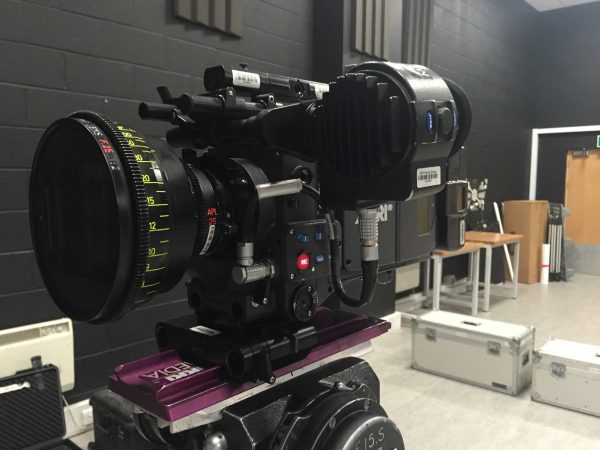
Why did you choose anamorphic lenses and what were the challenges of shooting anamorphic on location?
Anamorphics are prone to be heavy and the C-series Hawks from Arri we chose were definitely on the large side. Our producer Rupert Savage plotted the schedule and organised the transport so we could work out of the back of a Land Rover 90% of the time. This meant weight became less of an issue. I really feel that this type of pre-production, knowing where we would be and how we would get there, allowed us to shoot in our preferred style.
The main problem really was dealing with focus, as these classic lenses tend to breathe a lot and need a larger cog just to function normally. My terrific First AC Thorsteinn Magnusson used a lens control system that worked perfectly, meaning that this issue became minimal after the first day. I also managed to pack our key lenses down into an F-Stop bag so we only needed to bring camera, bag and batteries to any location.
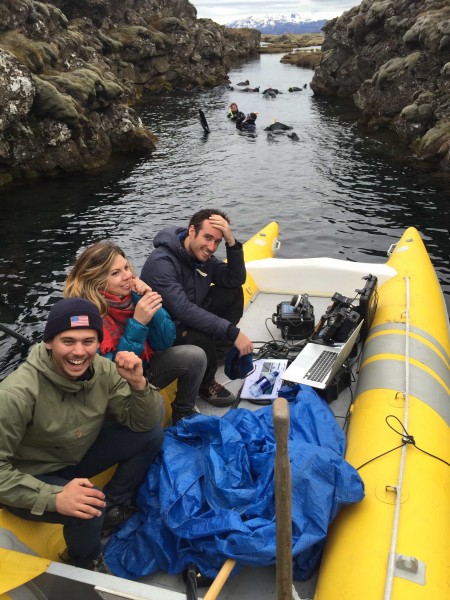
The final big issue was how to fit the lenses in an underwater housing. I contacted Sam Spurgeon who quickly stepped in to operate underwater and help us get the kit in and out of the water safely. Greg wanted to shoot at the Silfra Fissure in Thingvellir National Park, where you can dive in between the North American and Eurasian continents. To get the shots we needed we decided to use a Hydroflex housing to accommodate the Alexa plus anamorphic lenses. This system allowed me to manually control the camera from the boat, while Greg was plugged up to a monitor viewing what was going on down below.
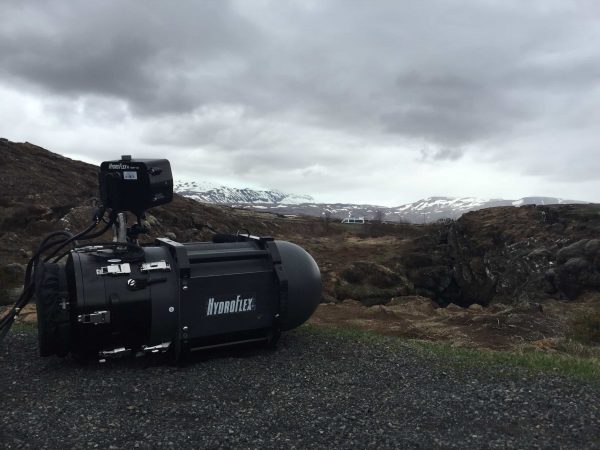
While shooting this sequence it was so cold that we could only do two dives! For one I decided to use a 40mm and the other a 100mm: I knew this meant we could do one dive and cover the wide shots and another with the closeups. It worked out perfectly and we got exactly the shots Greg was looking for.
Did you have a big crew?
The crew was around eight people, so not massive. We basically wanted to keep it as quick and flexible as possible! Between the F-Stop bag and the Defender’s boot space, we kept mobile and were always ready to jump out and shoot at a moment’s notice.
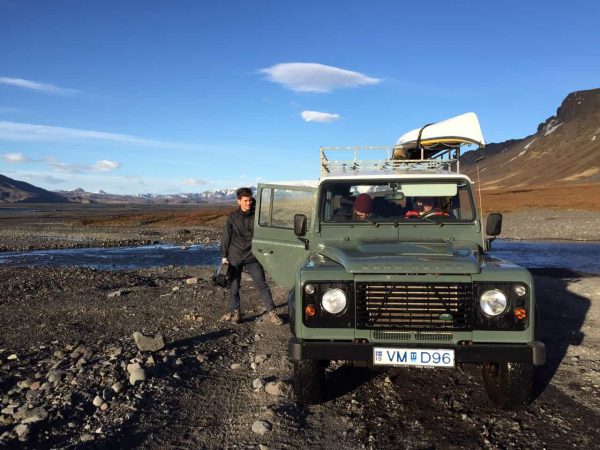
What were the shooting conditions like? How rigidly were you sticking to a shooting script or shotlist?
Greg put together an extensive shot list, so we knew what locations we needed to hit and Rupert had decided on when. So we weren’t super loose on schedule. But we did tend to just pop out of the car just to shoot anything that took our eye! (which was every 10 minutes) So we did end up shooting a high ratio.
Iceland is a country with very flat light and during that time of year we only had three hours of night, which really was more like three hours of sunset. No real darkness. We would keep shooting for around 18 hours a day; everything looked incredible and it would take around five hours each way to get to a location. By the end we were all dead, but the Blue Lagoon on wrap day definitely made up for it!
Do you consider this more of a documentary or an advert?
I consider it to be both. The production level was definitely one of an advert. We didn’t want only the technology to shape the piece – we wanted the operating to play an important part too. By having a lot of small, frequent motion throughout the piece, even underwater, we make the audience feel as if they’re following Alastair across this incredible landscape.
The finished film is incredibly tight – what was your shooting ratio like?
We ended up shooting around 18 rolls, but I am not sure on times as we jumped between the codex cards and also SXS depending on situation. We definitely used every scenario in the final edit.
Each location allowed around two hours of shooting as it would take around five hours to get there. So usually the camera would go straight on the Easy Rig and not be taken off until we left the location. Sometimes when you shoot a lot it means you get bogged down in the edit, but with me looking through the eyepiece and with Greg on a monitor, we could tick off the specific shots we needed to make up each sequence and not overshoot.
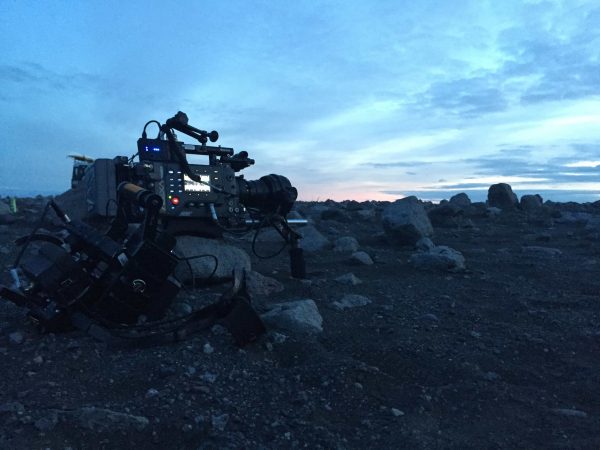
What was the edit process and who did the grade?
The edit process was taken on by Phil Currie at Stitch London who did an incredible job. He had around a two-week edit, and worked closely with Greg to get the best from the visuals and the interview Greg had conducted.
The grade was conducted at the Mill by Matt Osborne who I had worked with previously; knowing his style I recommended him. We researched a few references which led us towards this ad-style grade. One influence was the Haig Club adverts which use beautiful purples in their greens and this can really be seen in the wide landscape shots.
During the shoot I would review rushes and put a 500T Fuji stock LUT on to make sure we were keeping exposure consistent. I would really recommend this to anyone who is shooting different locations and days, as it gives you reassurance that what you are shooting is what you were aiming for.
Would you have any advice for news shooters who are being asked to produce more commercially-focused videos?
Research is key. If I hadn’t gone through the schedule and checked off how and where we were shooting, I would not have thought I could have shot in this style. Pre-production helped me realise that we could shoot anamorphic and that we could bring cinema gear to each location. I personally think native advertising really allows the DoP to get creative and actually opens up a world of freedom to play around in. There is no fear going into commercially focused pieces now – lots of them want to tell the same story as the news world.
Also you need to make sure you keep that sense of communication you have from shooting news work. That sense of trust and integrity really helps push the idea you are going for. It’s great if you can communicate with the subject and explain what you’re going for and why, as once they get it they will understand why you need ‘one more take’ or for them to phrase something differently.
There really isn’t much difference between the commercial and news world now it seems. The commercial world is becoming more ‘real’ and they are looking for great stories that show how a product is connected to everyday life. The New York Times and T brand are an example of how native advertising really is the next big step for both the commercial and news worlds.



